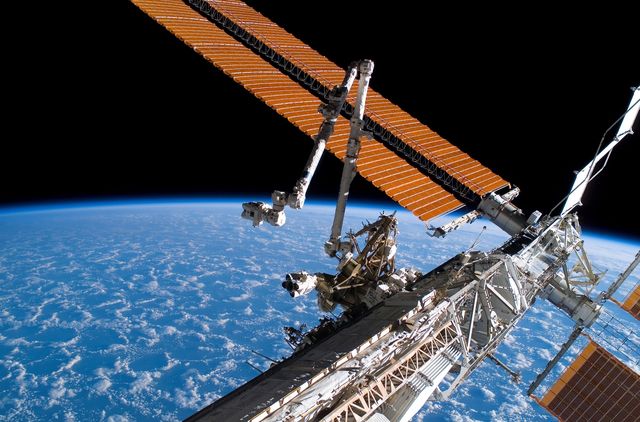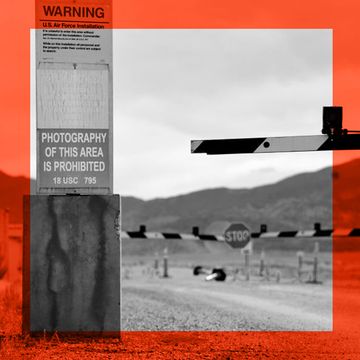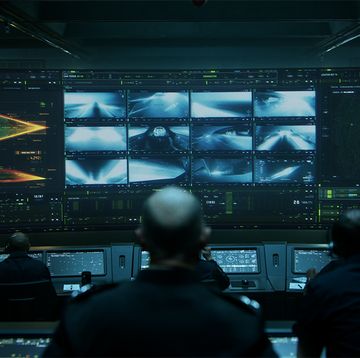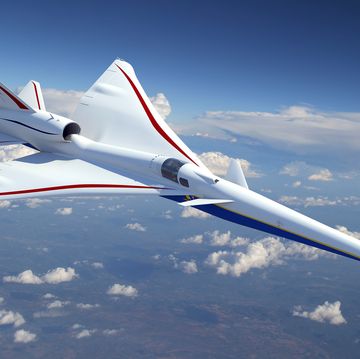- In today’s war zones, remote outposts are often serviced by fuel convoys.
- Reliance on liquid fuel endangers troops who have to transport it.
- Solar power, collected in space, could be beamed to outposts.
The U.S. Air Force is investigating beaming collected in space down to the Earth, providing remote military outposts with all the electricity they would need. The method would cut down on the number of fuel-laden armed convoys that often have to travel through dangerous territory, where they are vulnerable to attack.
The service is partnering with defense contractor Northrop Grumman on the Space Solar Power Incremental Demonstration and Research project, or SSPIDR for short. SSPIDR would use solar power panels in space to collect power, convert it to radio frequencies and then beam it down to remote outposts.
SSPIDR has several interesting advantages. The most efficient place to collect solar power is in space. According to the U.S. Department of Energy, Earth’s atmosphere reflects about 30 percent of the energy back into space. Properly positioned, solar power satellites could also be fully exposed to the sun, generating optimal levels of electricity. In space it’s noon 24 hours a day, seven days a week.
The problem with space-based solar is getting the electricity down to the ground. Running cables from space to ground isn’t practical, so the Air Force wants to investigate converting electricity into a medium that can be transmitted wirelessly, in this case radio frequencies. The satellites would be paired with receiving stations on the ground that could intercept those signals, reconvert them to electricity, and put them to use.
Right now, in battle zones across the world, the U.S. military has to use convoys to transport diesel fuel for generators to remote military outposts. Those convoys, consisting of fuel trucks and their escorts, are vulnerable to IEDs, ambushes, and other forms of enemy attack. SSPIDR would allow energy to be beamed straight down to an outpost, removing the need to expose troops to hostile action.
The system, according to Stars and Stripes, would be powered by a satellite with solar panels twice as big as a football field. The satellite would then electronically steer the radio signal, via antennas, to any point on the ground. The effort is still in the exploratory phase, with no timetable on deployment of a working system.
Source: Stars and Stripes

Kyle Mizokami is a writer on defense and security issues and has been at Popular Mechanics since 2015. If it involves explosions or projectiles, he's generally in favor of it. Kyle’s articles have appeared at The Daily Beast, U.S. Naval Institute News, The Diplomat, Foreign Policy, Combat Aircraft Monthly, VICE News, and others. He lives in San Francisco.













